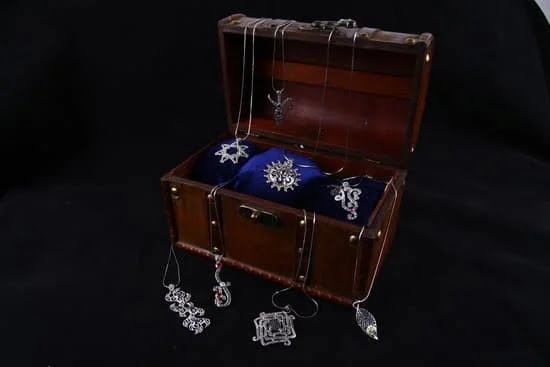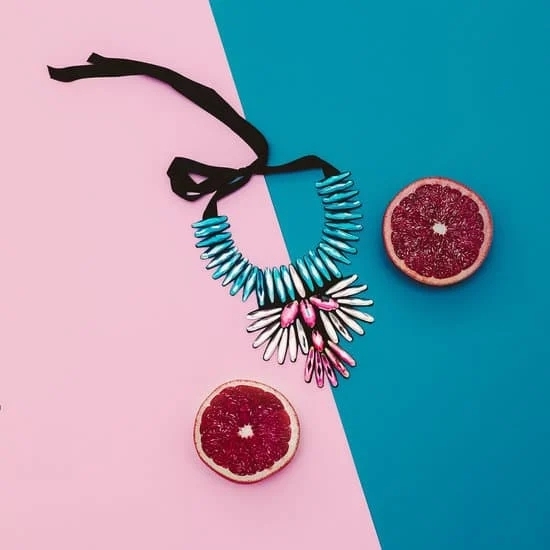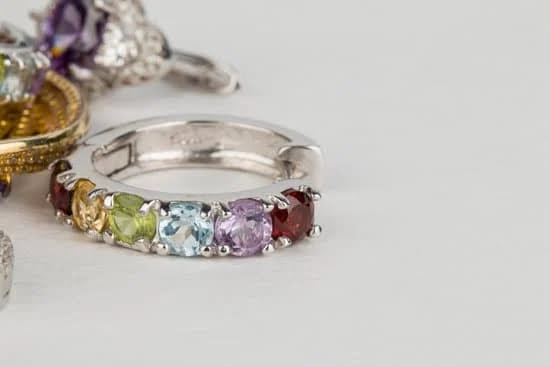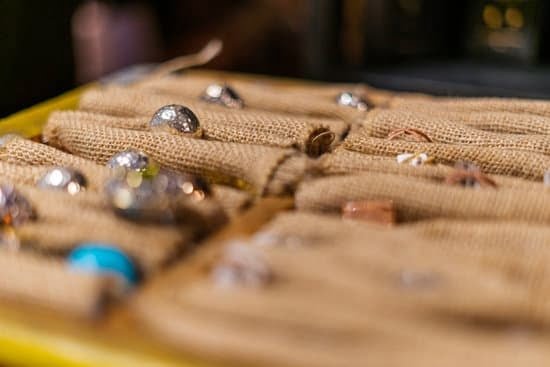Introduction
Before you make the purchase of a luxury jewelry item, it is important to know if the jewelry is real. Fake items can look just like the originals, but are made with much less quality materials, making them much cheaper. To ensure that you are getting what you pay for, there are some steps you can take to determine whether or not your piece is authentic.
First, examine the design and craftmanship of the piece itself. In general, real jewelry will have more intricate designs and better craftmanship than fake pieces. Pay attention to small details such as any engravings on metals and observe them closely. If anything looks off or unnatural in any way, that might be an indication that it is not genuine. Additionally, check for any stamps on the piece itself – these will often include marks such as gold or silver content stamps or manufacturer’s marks – typically producer names or symbols. Compare these stamps with official markings from a trusted jeweler if needed.
Another indication of a fake diamond may be found when performing a clarity test; take a reading on each of its diamonds through a jeweler’s loupes magnifier which should give out 10x zoom grade power magnification to exmaine intactness of diamond setting on bad fakes usually carry signs that indicate poor effort towards crafting it carefully (e.g., tool marks) and how it has been hastily work upon due to rushed production and costs cutting involved with such manufacturing process .
Lastly, ask questions about the item’s background after confirming its authenticity and trustworthiness; get detailed information about where it was purchased from and double check any shipping records that may also help provide insight into its provenance or manufacture dateof origin to see if they match up with what is written on product labels/tags as further proof validation about true validity of source shopping items being sold by reputable merchants. Unfortunately for many customers who purchase counterfeit jewelry items online and offline there are no returns options once problem has been discovered so it is always better to do due diligence upfront when looking for coveted retail goods as losses can sometimes be hefty when trying buy expensive high quality gems & second- hand silver/gold pieces without proper guarantees offered by legitimate sources accordingly!
Tests You Can Do at Home
One of the best ways to know if a piece of jewelry is authentic or not is to use several tests. For gold jewelry, one test you can do at home is called the “Acid Test”. To conduct this test, you will need a few drops of nitric acid and some litmus paper. Start by placing a drop of nitric acid in an inconspicuous area near the clasp or area on the back of the jewelry. If no reaction occurs, place a drop of nitric acid on the litmus paper and observe what color it turns. If it turns green (this color signifies true 24k gold), then it’s authentic gold jewelry; however, if it changes to blue or yellow, then it’s likely not genuine gold.
It’s also a good idea to look for other signs that may indicate real gold jewellery such as hallmarks stamped onto the clasp or inside the ring band These are small markings which indicates that your item has gone through official quality standards testing and they will tell you exactly what metal your jewelry is made up from i.e 9ct or 18ct so you can make sure it actually matches with what you were told originally etc
For diamond jewellery one way to test if diamonds are real is to use a loupe (a magnifying lens). Using this tool, look closely for inclusions throughout each diamond – these are any flaws present within them like tiny dark spots lines – this usually indicates an authentic gemstone preventing any confusion with glass imitations as stones featuring no flaws indicated manufactured ones . It could also be useful to hold your stones up to strong light and view their sparkles in motion – natural diamonds should have consistent bluish shimmer when exposed to intense light , whereas fakes will be brighter & may even appear greyish instead since they contain more moisture than genuine ones .
Another great way for verifying any type of jewellery is by consulting with a trusted jeweller who would be able verify any pieces authenticity reliably – especially on higher-value items such as expensive watches & necklaces . Some stores also offer special certificates & documents validating purchases as genuine which can also be kept safely ; so make sure you always get that paperwork after buying something potentially valuable !
Visiting a Jeweler
Case study 1: Purchasing a Fake Rolex. A customer went to an online retailer and purchased what appeared to be a real Rolex for a fraction of the price compared to retail stores. Unfortunately, this ‘Rolex’ was nothing more than a counterfeit product that lacked the craftsmanship and attention to detail that make genuine Rolex watches so special. The buyer could have avoided this mistake by visiting a professional jeweler with expertise in identifying counterfeit watches. With their years of experience, they would have been able to point out the discrepancies in craftsmanship which indicated immediately that it was not a real Rolex watch.
Case Study 2: Purchasing Fake Gold Earrings. A customer found a pair of beautiful gold earrings being sold by a street vendor and thought they were worth too good of deal to pass up. What the customer didn’t know was that these earrings weren’t made from solid gold but instead plated in gold. Taking them to a jeweler would have allowed them to examine the piece using equipment like an XRF machine which verifies the quality and authenticity of jewelry, thereby avoiding any misunderstanding or potential loss due to the purchase of fake jewelry items.
Other Ways to Tell
When trying to ascertain if jewelry is real, it is important to be aware of the type of jewelry in question. Each type has its own unique characteristics and tells a person whether the item is authentic or not. While all jewelry has certain fundamental signs that can alert one to a potential issue, it is recommended that additional steps are taken for further verification.
Gold: Authentic gold will not differentiate much from fake because most fakes use some form of gold plating to give the illusion of genuineness. Additionally, many fakes will weigh noticeably less than authentic pieces. To verify authenticity, you may want to look for hallmarks on the interior which attest to its origin and karat (e.g., 24K).
Silver: Identifying genuine silver is a bit easier than gold because it typically has more unique markings than other metals. It is challenging to counterfeit silver because observing just 1 mark offers sufficient information about provenance and age of the piece. As with Gold, also check if there are any Hallmarks inside as these prove official authorization of the originality.
Diamonds: Inspecting diamonds relies heavily on knowledge and expertise in the field; however, accessing quality certificates via stone testing laboratories allows people without gemologist knowledge to quickly check if their stones meet expected standards or have been treated with chemicals that otherwise affect appraisal results. Again hallmarks provide assurance on where a diamond was mined and assure quality control measures were taken during production.
Conclusion
One of the most reliable ways to know if jewelry is real is to consult a professional appraiser or jeweler. A trained expert will be able to provide an accurate assessment and explain key marking, hallmarking, and karat indicators that establish the value of a particular piece. Additionally, they will be able to provide keen insight into the origin of the jewelry, including who crafted it, when it was made and where it originated from. For added security, do your own research online regarding designers and known styles. Keep in mind that only certain countries hold certifications that prove the authenticity of gold or platinum jewelry so use a well-recognized credential source when making purchases. Knowing what to look for can help you make smarter decisions about your jewelry investments. Be sure to also read through retailers’ return policies carefully as some may not accept returns on antique or vintage pieces. Taking these simple steps will help ensure you buy authentic pieces with long-term value.

Welcome to my jewelry blog! My name is Sarah and I am the owner of this blog.
I love making jewelry and sharing my creations with others.
So whether you’re someone who loves wearing jewelry yourself or simply enjoys learning about it, be sure to check out my blog for insightful posts on everything related to this exciting topic!





